Year of the Goat: Slipknot’s “Iowa” Turns Fifteen
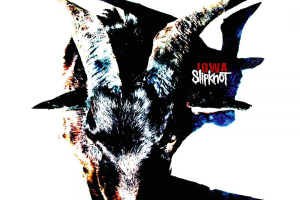
June 29th, 1999: Slipknot unleashes their self-titled debut album on an unknowing world. Provocative,dark,heavy, and outside of anything the world had heard, one anonymous A&R rep from the band’s label, Roadrunner Records, released a statement saying “If this is the future of music, I don’t want to be alive”, quoted from Corey Taylor in a 2015 interview
It was a huge moment, not just for the Iowa, but for rebellious metalheads yet to be born.
Slipknot’s nightmarish carnival was put on full display over the course of an aggressive two year touring campaign, with a tour de force show to back up their already overtly visceral brand of metal.
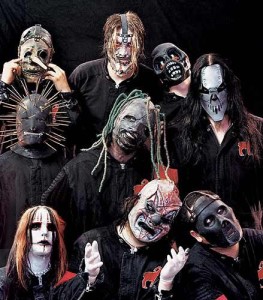
Desperate to give the middle finger to the industry, the band considered releasing this one “magnum opus” calling it quits. After all, tensions were high in a band full of ego-maniacs, violent tempers, and general psychotic behavior.
After two years of touring, the band sat down and locked themselves in Los Angeles’ Sound City and Sound Image studios to begin writing the follow up to their monster debut album.
Anticipation was high, and the band knew it.
In a middle finger gesture to the music industry, the band considered releasing this one “magnum opus” and calling it quits. After all, tensions were high in a band full of ego-maniacs, violent tempers, and general psychotic behavior.
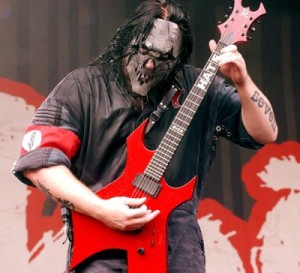

Finally in 2001, the band locked themselves in Sound City and Sound Image studios Los Angeles to begin writing the follow-up to their monster debut album.
Anticipation was high, and the band knew it.
Tensions, internal fighting and the pressure to deliver an album comparable to their first LP led to Slipknot giving birth to something far uglier than anyone could have expected. The behemoth took the name of “Iowa,” after their home state, from which all their inspiration was drawn.



Hate was a key word in the development of this album, though the band wore the word like a suit of armor and lived in it, as if the word could become a lifestyle. “We were falling apart when we did that record; I was a mess” said vocalist Corey Taylor in a 2016 interview with Loudwire. “I was drinking a lot. I really got into booze and philandering. I was doing anything to feel good because everything felt really bad. I wasn’t feeling anything but misery.”
“It doesn’t say ‘hate’ in Japanese on my forearm for no reason,” said guitarist Mick Thompson. “I was disgusted by those of us that got sucked into that world of sex and drugs. The people who surrounded us were parasites.” Thompson said, referring to the rise in “friends” the band experienced from their newfound fame.
Conflicts, coupled with the band spending too much money on drugs and partying, put them in a tight spot, desperate to make money to repeat the vicious, self destructive cycle they were engaging in.
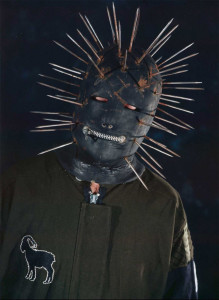
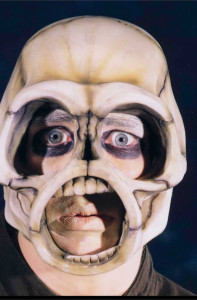
The members of Slipknot broke themselves on a daily basis recording this album: guitarists Jim Root and Thompson pummeled through the writing process, adding quite a bit more technicality to the record than was seen on the last. The album reached into the death metal and hardcore wells that existed inside of the band, almost completely ignoring any sort of melody or hip-hop element that was key in their debut.
Former drummer, Joey Jordison sat behind the kit and blasts, grooving only when absolutely necessary, adding to the percussion assault of percussionists Shawn Crahan and Chris Fehn, bludgeoning the listener’s ears with nothing but a violent slamming, as subtle as shotgun blast.
Craig Jones and Sid Wilson contributed eerie samples and disorienting turntable scratching, adding to the cacophony. Behind it all was Taylor, screaming in metaphors about subjects like solipsism, misanthropy, disaffection and disgust with everything and everyone in his life, anger, rejection, the music industry, you name it. Taylor was not impressed by anyone or anything and in order to capture his performance, put himself in harm’s way, according to a 2011 interview conducted with the band members and producer Ross Robinson in Revolver Magazine.
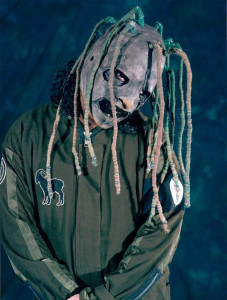
During the recording of the 15-minute long titular closing track, Taylor blacked out the studio booth, stripped naked, cut himself with broken glass, and vomited all over himself, to put himself in a place of pain, to get the most real sound he could possibly get.
Couple that with the fact that producer Ross Robinson recording the album despite having a broken back, after one day of hospitalization and you have the perfect dynamic of hatred, pain and suffering that led to one of the critically revered metal albums of the 21st century.
The album that almost broke Slipknot, the album that almost caused the biggest upstarts in metal to violently implode became their calling card.
Lauded to this day as both the heaviest and greatest album they’ve ever released, “Iowa” has stood the test of time.
For 15 years, people have found this album, put it on, and entered into a chasm of anger that scared the Hell out of me when I first heard it.
My experience in heavy metal prior to this was Metallica, Black Sabbath, Judas Priest, Scorpions, bands of that nature. So when my ears were accosted by the noise that came out of my headphones, I had no idea how to react. I felt different, I felt violated. I felt like I was listening to something forbidden or taboo.
Slipknot changed my take on music.
“Iowa” is still my favorite Slipknot album and one of my all time favorite albums, something I still listen to at least once a month, to remember my roots, what set me down this path 13 years ago. Musically and thematically, “Iowa” still holds up. Slipknot produces its best music from a deep well of pain, chaos and anguish that seems to follow the band wherever they go.
Not to say the band, now five albums deep and millions of records later, aren’t happy people. But the raw, savage, violent beast that they released 15 years ago still exists in them and lives on through its fans. During the following hiatus after the “Iowa” tour cycle, Taylor and Root would reform Stone Sour, an early musical group Taylor was part of prior to Slipknot, which was a lot more commercial sounding and influenced by 90’s alternative rock. The influence of Stone Sour would seep into the songwriting of the next Slipknot record, showcasing more of the melody that had shown through so faintly in both their debut and “Iowa”.
Having all but abandoned their death metal roots, Slipknot’s second record still remains a pioneering album in the New Wave of American Heavy Metal, having influenced a generation of artists to this day.
10 Other Heavy Albums Turning 15
Obviously, Slipknot isn’t the only band celebrating an album turning 15 this year. Here are some other heavy bands celebrating triumphant debuts, rebirths into the 21st century, and groundbreakers in general.

Converge – Jane Doe
Often considered THE metal album of the 21st century, “Jane Doe’ is still used yearly as a lecture tool at Boston’s Berklee College of Music. Aggressive, real, heartbreaking, raw, this is the album that many consider Converge’s masterpiece. A very real tale about a very real breakup that vocalist Jacob Bannon went through, “Jane Doe” is pure poetry, a massive, chaotic blur that stops as quickly as it starts. At times, the album feels like it’s moving in slow motion, giving the listener just a moment to breath, to process, before the reality and weight of it all hits again. Timeless is the best word to describe the sonic prowess of this album.
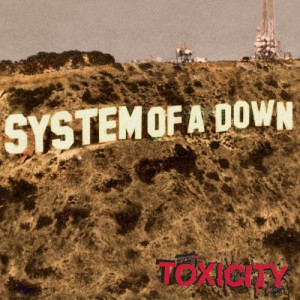
System of a Down – Toxicity
Los Angeles’ System Of A Down were always a band that stood out among the slew of LA metal bands in the early ‘00s. Their debut album, produced by über producer Rick Rubin (Slayer, Beastie Boys, Red Hot Chili Peppers) blew the doors down and showcased their Armenian band’s mix of chaotic fury and politically tinged metal. With “Toxicity” the band continued their politically charged message, touching on heated topic such as the American prison system, the harsh realities of drug use, war, sexual deviance, nuclear war, and abandonment, all while broadening their aggressive sound with worldly, cultural elements.
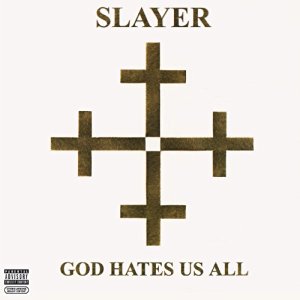
Slayer – God Hates Us All
We all remember 9/11 from the TV memorials played every year. I remember that day not only from the terrorist attacks, but also for being the release of Slayer’s ninth album. Despite the heartache the nation felt at the time, those eager to listen to the L.A. metal legends long awaited album were not disappointed. Slayer added new elements to their influential brand of thrash, experimenting with drop tuning, seven-string guitars, and a greater emphasis on a groove element. “God Hates Us All” has since remained the sole great album in Slayers post-2000s catalog.
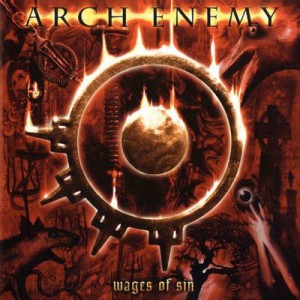
Arch Enemy – Wages of Sin
This was the first album I had heard on which a female vocalist screamed. It was also the first time Angela Gossow had released anything with Arch Enemy. While not entirely changing their formula, this album helped define the band as a standout in the sea of melodic death metal contenders. “Wages of Sin” features a staple of their live set “Burning Angel,” a song that still resonates as a notable heavy metal cut. Considered now as pioneers of melodic death metal Gossow and Arch Enemy paved the way for other young women– including her successor, Alyssa White-Gluz, formerly of The Agonist– to pick up a mic and scream their guts out, often sounding more ferocious than vast majority of male vocalists in the metal scene.
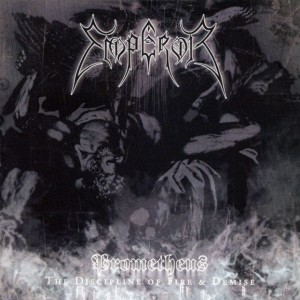
Emperor – Prometheus: The Discipline of Fire and Demise
For all you black metal fans out there, don’t think we forgot you! Emperor’s last album is quite possibly one of the greatest swan songs to be released by any artist, across any genre. Complex, technical, and punishingly heavy, “Prometheus” is a concept album about the demigod, his stealing fire from the Gods, and his eternal punishment. The keyboards are ominous, Ihsahn screams and sings in ethereal fashion, drums pummel through blast beats like they’re nothing, and the guitar work is jaw dropping. In terms of quality, this could be considered Emperor’s “Master of Puppets.”
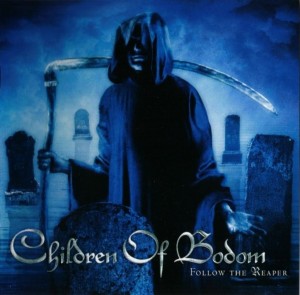
Children of Bodom – Follow the Reaper
A band that changed the rules for melodic death metal, “Follow the Reaper” kicks things off with samples from “The Exorcist III” and jumps right into the fast-paced, neoclassical styling of Alexi Laiho frantic, Paul Gilbert-like shred fest, coupled with ambient keyboards and fast as lightning drums. This album shaped the Finnish metal band’s sound for the next two albums, experimenting with drop tuning and a bigger emphasis on melody.
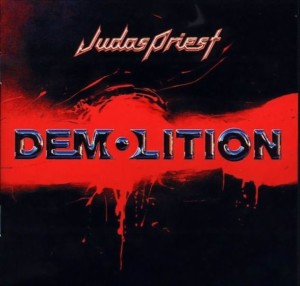
Judas Priest – Demolition
Ah, how everyone wishes to forget the Tim “Ripper” Owens era of Judas Priest. Owens, whom the British metal titans hired after singer/metal icon Rob Halford split from the group. “Demolition” carries on in the same vein as “Jugulator,” creating a mix of Judas Priest’s regular styling, with the odd nu-metal tinge thrown in. The result is some of the most forgettable Priest songs ever, but at the same time, the Owens-era albums hold a special place in the hearts of true Priest fans. I tend to play Devil’s Advocate and this album is one that will still matter for years to come.
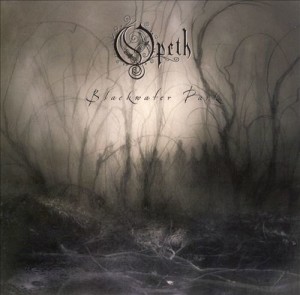
Opeth – Blackwater Park
Marking their first time collaborating with the legendary prog-guru Steve Wilson of Porcupine Tree, this is THE Opeth album, the one that will determine whether you’re a fan or not. Abandoning the straight up, death metal sound the band had been playing on their first three albums, “Blackwater Park” introduces the trippier, more eclectic elements the band had to offer, all from main songwriter/guitarist/prog rock enthusiast Mikael Åkerfeldt. The old school Yes, Genesis and King Crimson prog vibes seep through every passage of music. “Blackwater Park” is an album that will go down in history as one of the greatest released by the Swedish group.
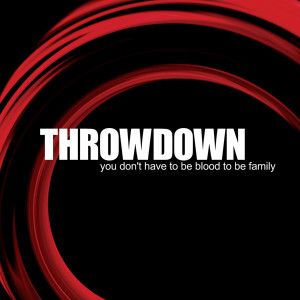
Throwdown – You Don’t Have to Be Blood to Be Family
The last Throwdown album to feature Keith Barney on lead vocals before his switch to guitar, this was quite the introduction to hardcore for the unacquainted. The Orange County band that would spawn other mid-2000’s offshoot groups, Eighteen Visions and Bleeding Through were always considered pioneers of the west coast, Southern California hardcore scene. This album is as bare bones as they come: Nothing fancy, no high flying guitar work, no soaring vocals. Just eleven heavy, straight to your face hardcore songs crafted and delivered in a way that only could be from California.

Tool – Lateralus
This album was the album that spawned a legion of people who heard the breakthrough single “Schism.” Keeping things highly proggy in their own artsy way, the band became slightly more accessible, giving fans songs like “The Grudge,” songs you could share with your friends without their wanting to beat their heads against a wall. “Lateralus” brought the Los Angeles band further into the mainstream, helping solidify their place in metal as some of the biggest contrarians since Faith No More.



